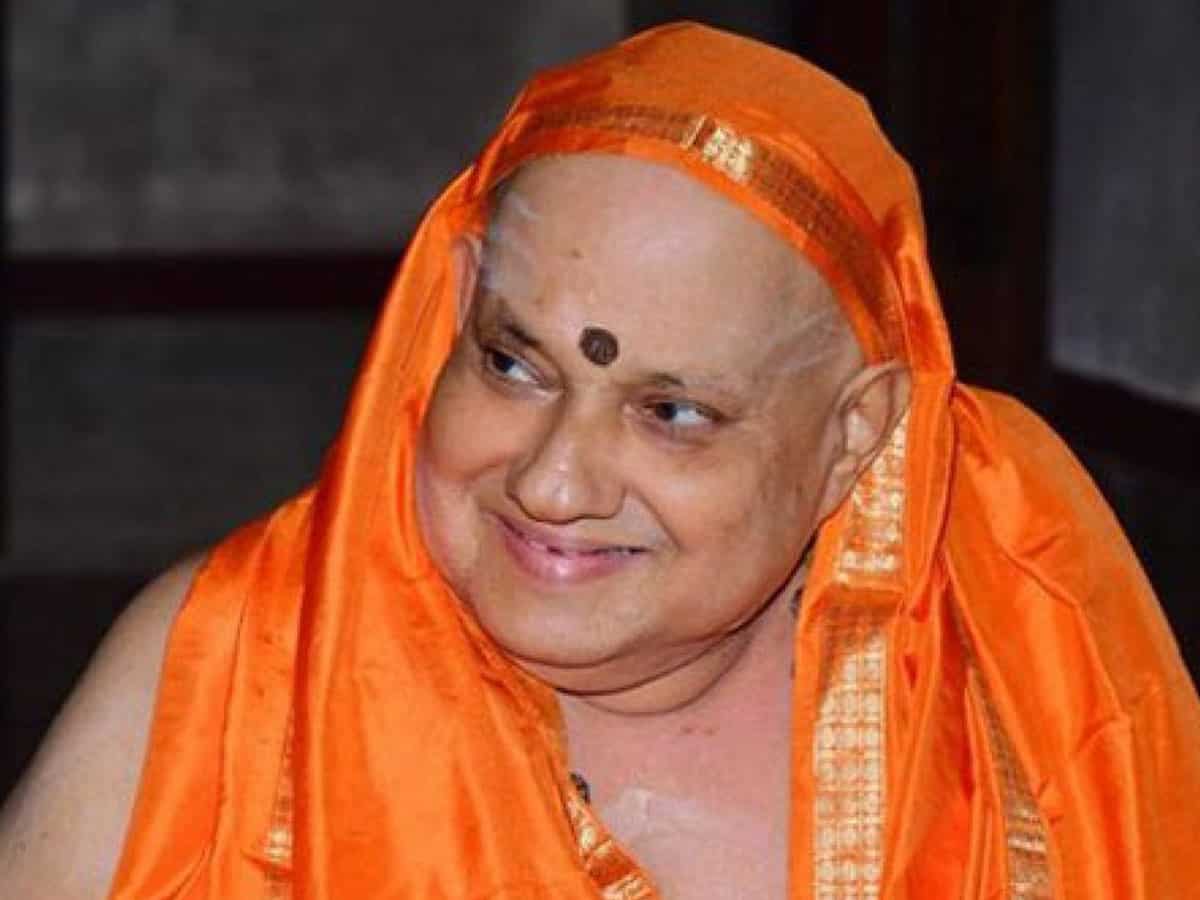Hyderabad: In 1973, the legal fight between Kesavananda Bharati and the Kerala state government led to the landmark decision of the Supreme Court that led to the propounding of the ‘basic structure’ doctrine. The judgment was crucial in upholding the supremacy of the Constitution and preventing authoritarian rule by a single party.
The seer of the Edaneer Mutt in Kerala, 79-year-old Keshavananda Bharati, died in the early hours of Sunday. Bharati was in his early 20s when he petitioned the Supreme Court, challenging the Kerala government’s moves to impose restrictions on the Mutt’s property.
The case
The Keshavananda Bharati Sripadagalvaru and others Vs. The State of Kerala case was unique by its sheer statistics alone. It was heard by a bench of 13 judges—the largest formed in the Supreme Court. It was heard over 69 working days from October 1972 and March 1973. The judgment too was mammoth, spread over 703 pages.
The case had its roots in Golaknath vs The State of Punjab, in which the Supreme Court in an 11-member bench ruled that Parliament could not curtail any fundamental right guaranteed under the Constitution. To nullify the Golaknath verdict, Parliament enacted the 24th Amendment to the Constitution, laying down that its powers to amend the Constitution was unrestricted and unlimited.
The seer had challenged the Kerala Land Reforms (Amendment) Act, 1969 and three amendments to the Constitution—24th, 25th and 29th. He had contended that the legislation and the amendments violated his fundamental right to practice and propagate religion, freedom of religious denomination, including managing and administering his property and his right to property. The case was taken up by jurist Nani Palkhivala, who recognised its possibilities, particularly the prospect of challenging three constitutional amendments.
The Supreme Court’s judgment
The main point of the hearing was to answer if the Parliament had unlimited powers to amend the constitution. Article 368, which deals with the powers of the Parliament to amend the constitution on a plain reading, did not contain any limitation. But, repeated amendments made to the constitution raised doubts.
Most significant was the Supreme Court’s ruling was on the 24th constitutional amendment made in 1971, which empowered the Parliament to amend any part of the Constitution. The amendment was carried out to negate the Supreme Court’s verdict in the Golaknath vs. State of Punjab case.
While the court upheld the Parliament’s power to make Constitutional amendments, it threw in the condition that the amendments made should not alter the ‘basic structure’ of the Constitution.
Aftermath of the judgment
The aftermath of the judgment also saw the supersession of J.M. Shelat, A.N. Grover and K.S. Hegde, the forerunners of the Chief Justice-ship, who were part of the majority verdict on the Bench. They resigned in protest amidst public furor.
And yet, for all its importance, Kesavananda Bharati judgment actually left an ambiguous historical legacy. The judgment left open as many questions as it answered. It said that Parliament could not interfere with the basic structure of the Constitution, but left open the question of what constituted “basic structure”.
The basic structure doctrine was further invoked in the popular cases of Indira Gandhi vs. Raj Narain and Minerva Mills vs. the Union of India, thus proving the profound impact of the Keshavananda Bharati judgment in saving Indian democracy.

